
Trees Anatomy & Functions

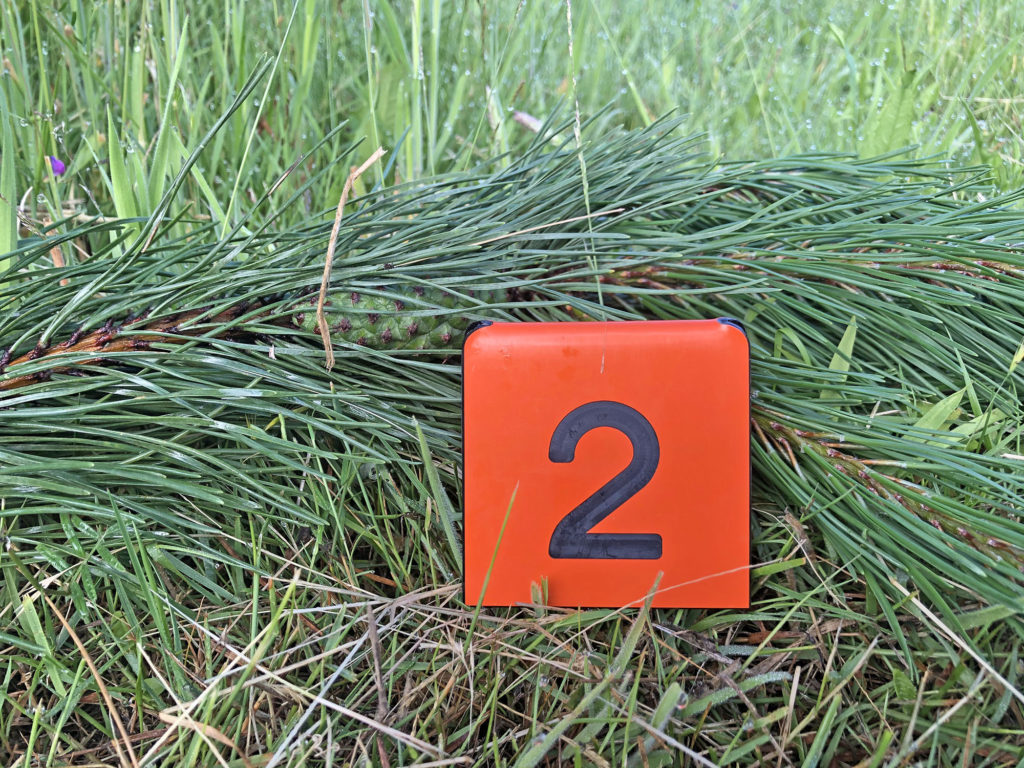
Trees Objectives
-
Identify different parts of a cross-section of a tree stem and provide examples of different types of wood.
-
Describe different ways trees can survive fires.
-
Distinguish between different structures used to classify trees and other plants.
Think of a “tree.”
What comes to mind? This video provides context for this section surveying trees.
Trees are vascular plants that are either gymnosperms (“naked” seeds often in cones) or angiosperms (seeds in fruit that developed from flower ovaries). Provide an example of a gymnosperm tree and an angiosperm tree.
Tree Anatomy

If you cut through the woody stem of a tree, there are clearly visible zones.
Heartwood (center) consists of dead cells in the center (“heart”) of the stem. The surrounding layer, which is generally lighter in color, is the sapwood, which consists of living xylem cells that transport water and minerals from the roots to the leaves. This layer is surrounded by the cork cambium, which includes the phloem, cells that transport sugar from the leaves to the roots, as well as bark which protects the entire stem.

Spring rain produces wide light-colored areas of tree rings called earlywood (springwood). When the growth rate slows in the fall and winter, the darker narrower areas of tree rings are formed. This is called the latewood (summerwood). So, one annual ring typically has both a light springwood area, and a darker summerwood area.
All of the “-wood” ending names can be confusing. This specimen box may clear this up.
A tree round, the cross-section of a woody tree stem, can tell a story of that tree’s growth history.
Economic Use of Trees
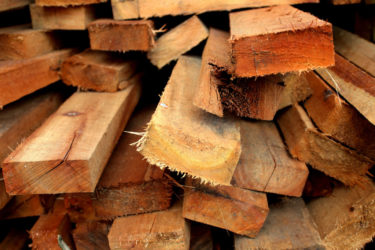
Softwood
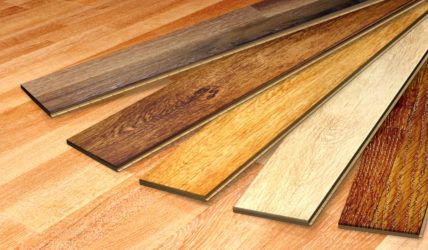
Hardwood
Pine Fire Strategies
Forest fires can have a major impact on tree survival. This video compares the structures of Ponderosa Pine and Lodgepole Pine. How do their structures impact fire survival?
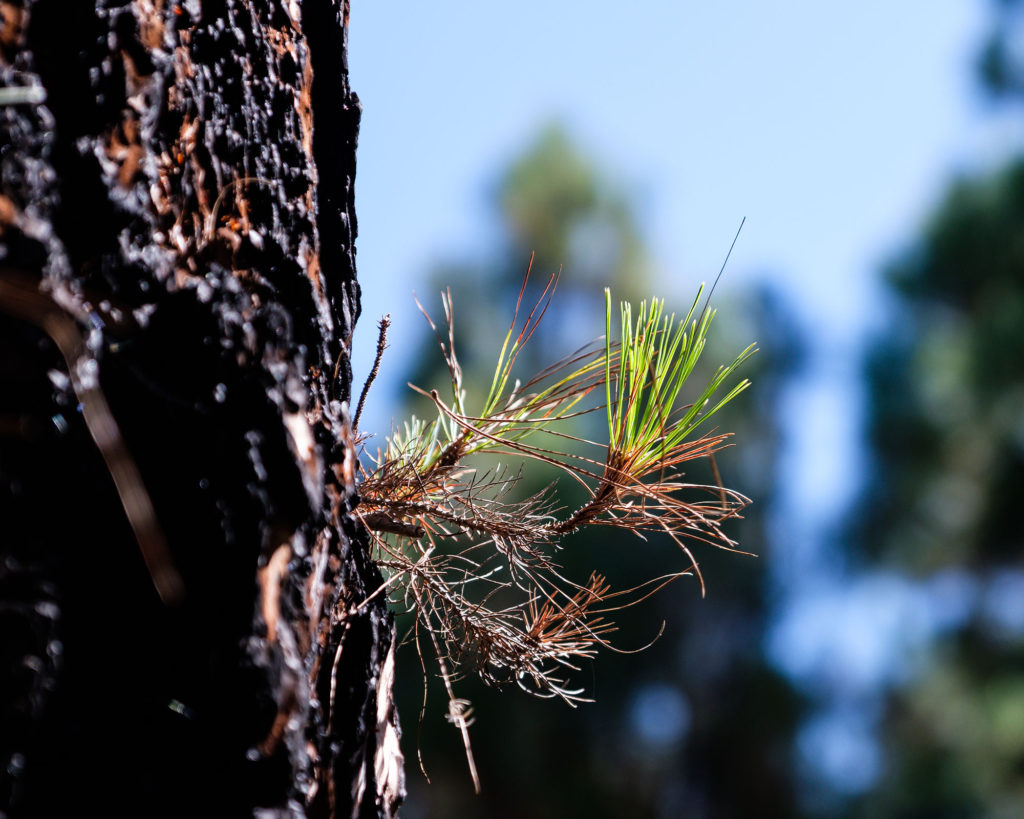
Unless controlled by humans, fires frequently burn through forests, degrading leaf litter, burning off lower branches, and thinning trees. We’ll have more on the importance of fires in the forest guide later in this course.
Some trees survive forest fires with thick fire-resistant bark and long needles that protect growth tips.
Ponderosa Pine is highly fire resistant.
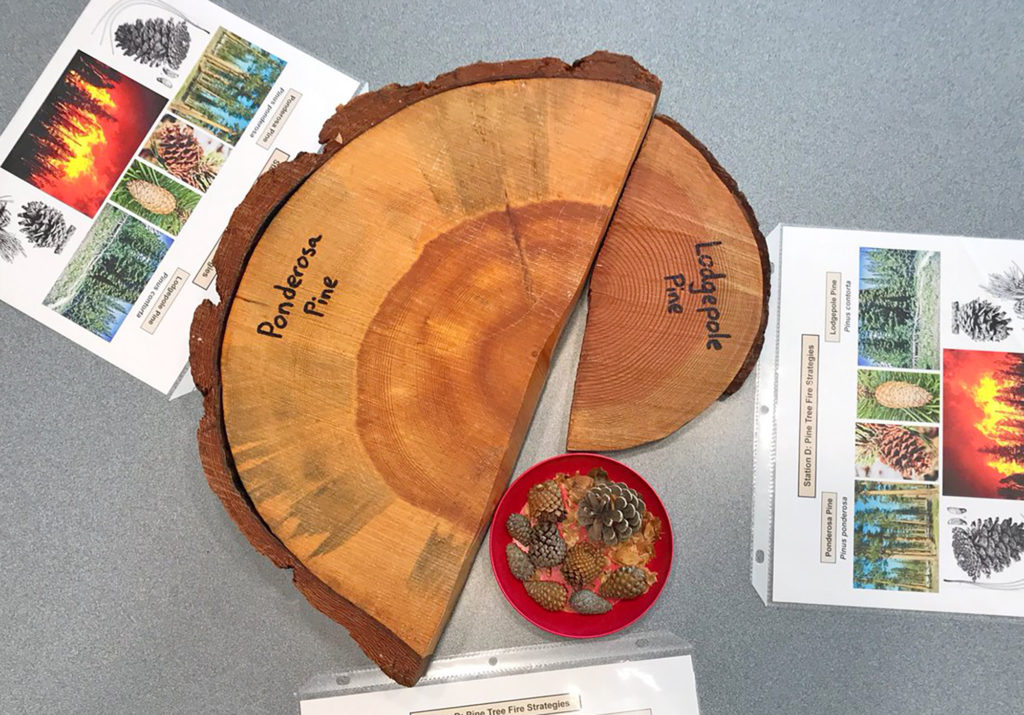
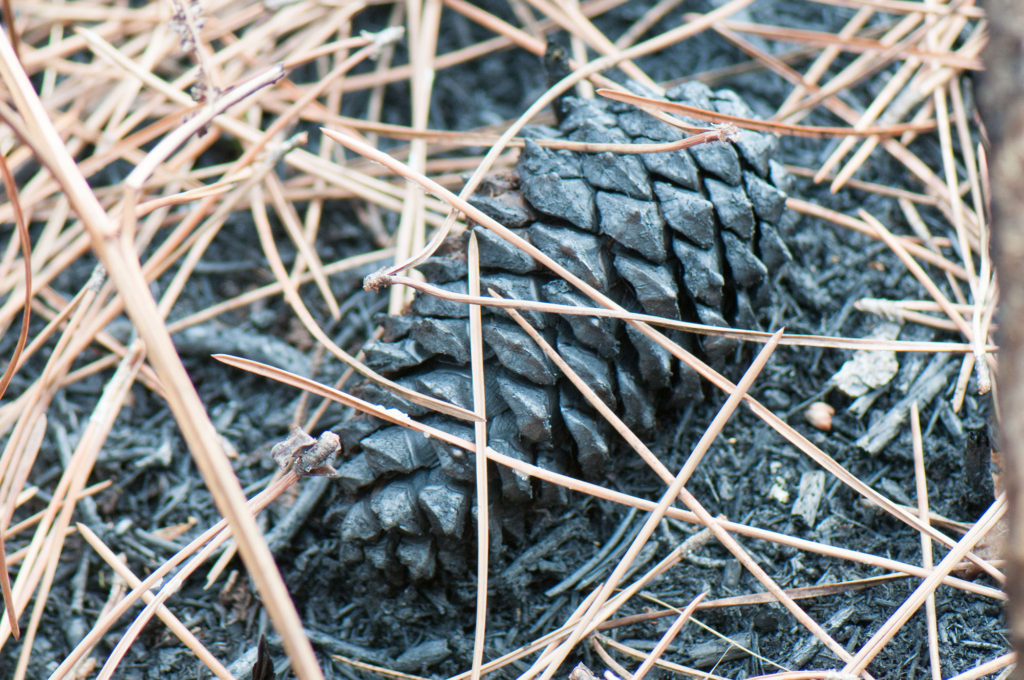
Lodgepole Pine has thinner bark and shorter needles.
This species has serrotinous cones; cones that are closed and protecting the seeds inside, until the high heat of a passing fire opens them up. This way the seeds are dispersed immediately after a fire.
Identification
Trees can be classified based on many different characteristics, including overall shape, size, bark, wood, and leaves.
Bark can be used in tree identification. Some species like cork trees of the Mediterranean have very distinct barks.
Birch tree bark has large horizontal lenticels and an otherwise smooth surface.
Most of our interactions with trees is with the wood in our homes. Wood colors and grain patterns can be used to identify trees.
For the first journal page in this guide, you will be collecting, pressing, describing, and tentatively identifying a leaf. The next series of videos provide background, and then we will go over the assignment.
Leaves can have distinctive shapes and arrangement on twigs (stems).
Leaf vessel patterns, also called venation, vary as can be used in identification.
Leaves of Douglas Spirea are distinctive and can be used in identification even if the shrub is out of flower or displaced from its natural habitat.
You will be pressing a leaf for the next journal assignment. This video demonstrates that you do not need fancy equipment.
Start Journal Assignment #3 Here
Journal Page #3: Pressed Leaf
Collect a leaf, press it, and mount it on a piece of paper with glue or tape. Identify the leaf based on its characteristics using one of the available online leaf keys. Available websites include:
https://gobotany.nativeplanttrust.org/simple/
https://www.nhm.ac.uk/content/dam/nhmwww/take-part/identify-nature/tree-identification-key.pdf
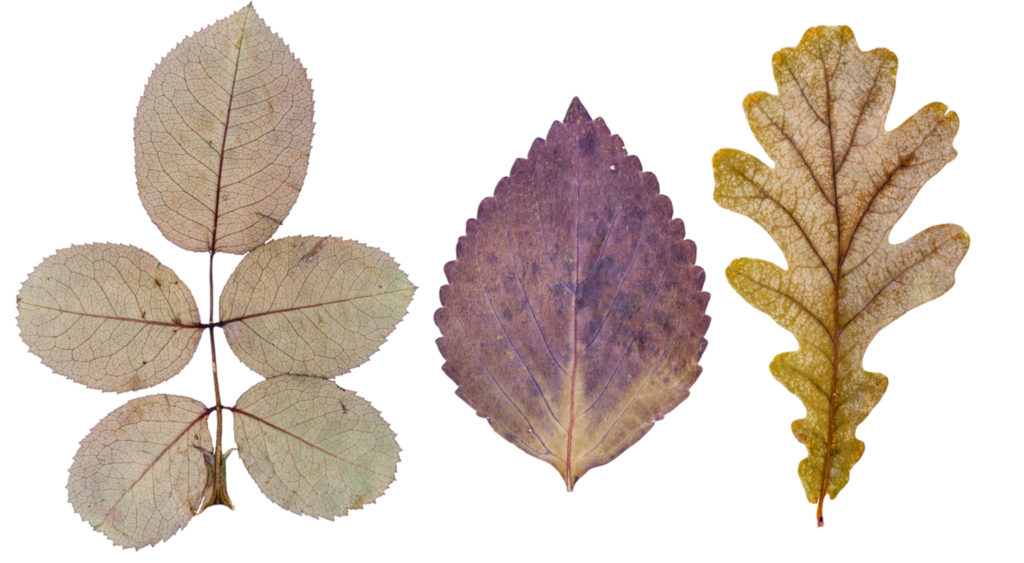
Include this information on your leaf page:
-
tentative identification of plant the leaf came from.
-
the structures you used to make the identification (for example: leaf shape, venation. etc.)
- the location where you found the leaf.
- the date of collection.
- collected by (your name)
- any additional notes you may have, like your pressing process.
You can see a sample of what this journal page may look like on Canvas with the PDF template pages. If you can’t get outdoors, you can also use a leaf from a vegetable, like celery or lettuce.
Use caution if you collect outdoors; travel with a friend, be aware of your surroundings, avoid hazardous situations and restricted locations, and minimize impact on organisms and their environment.
The next section focuses in on populations, groups of individuals within a single species.

Check your knowledge. Can you:
-
identify different parts of a cross-section of a tree stem and provide examples of different types of wood?
-
describe different ways trees can survive fires?
-
distinguish between different structures used to classify trees and other plants?



